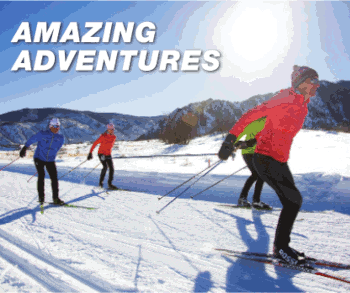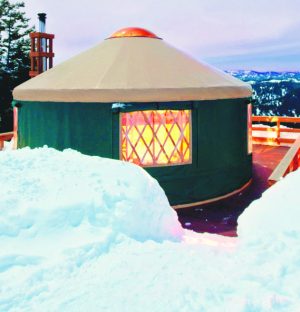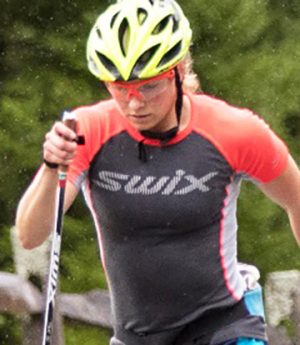March 31, 2011 (Morrisville, VT) – As the winter racing season draws to a close, skiers around the world are asking themselves and their coaches the following question: How can I train better now so I’m faster next winter?
While there is no single training method or modality that will make the difference for everyone, there are tools that everyone can use to guide their workouts and make sure that their training is working. Now is a good time to take stock of your available tools and be sure you are using them to your greatest advantage.
Tools seem to fall into two general categories: those that help you gauge and control the intensity of your training and those that measure the effectiveness of your training. In the first category would be heart rate monitoring, lactate testing and physiological (VO2) testing, in increasing order of cost and complexity. The mainstay of the second category is good old-fashioned time trials.
Time trials can be a very effective way to measure progress and identify training gaps. The key is to establish specific tests that relate as closely as possible to the work and motion of skiing and that can be repeated periodically under stable conditions. For example, a 3k run on a track is quite repeatable as long as you don’t run into uncooperative weather conditions. It’s not the most direct measure of skiing ability, but does give a good measure of general fitness. Rollerski time trials do a better job of simulating the technique and specific demands of skiing, yet the accuracy may be significantly affected by the rollerskis themselves. It’s important to use the same rollerskis-even the same wheels-if you want repeatable results that can be compared from person to person and test to test. Timed strength tests can measure a skier’s improvement in exercises related to skiing, and uphill runs and uphill double poling on rollerskis are some other time trials commonly used.One of the newer time trial options is the Concept2 SkiErg, which has been gradually finding its way into more and more ski training locations around the world since its introduction in June 2009. It offers a close simulation of the poling motion of skiing, complete with the involvement of the core and the legs. A recent analysis of the biomechanical similarity can be found HERE. The SkiErg is also one of very few ski training tools to offer accurate measurement of performance. The standard onboard Performance Monitor gives instant feedback on each pull as well as cumulative time, distance and pace data. It’s self-calibrating to take local variables such as elevation into account, so tests results can always be compared from one day to another and from one SkiErg to another.
Whatever the tools you use to guide your training and measure your progress, the sooner you build them into your program the better. As you develop your training plans for the upcoming dryland season, be sure to include a schedule of periodic tests and time trials.






![National camp action [P]...](https://skitrax.com/wp-content/uploads/2019/08/Duluth-4-2019-08-08-at-10.46.51-AM-300x246.png)
![Matt Liebsch on the CXC Elite Team [P] CXC...](https://skitrax.com/wp-content/uploads/2019/08/Matt-Liebsch-CXC.2-525x700.4-300x267.jpg)
![Dan LaBlanc [P]...](https://skitrax.com/wp-content/uploads/2019/08/Dan-LaBlanc-img_1855.3.jpg)

![Summer training - how to train better now so you're faster next winter? [P] Blackjack Ski Club](http://skitrax.com/wp-content/uploads/2011/03/Summer-training4.jpg)